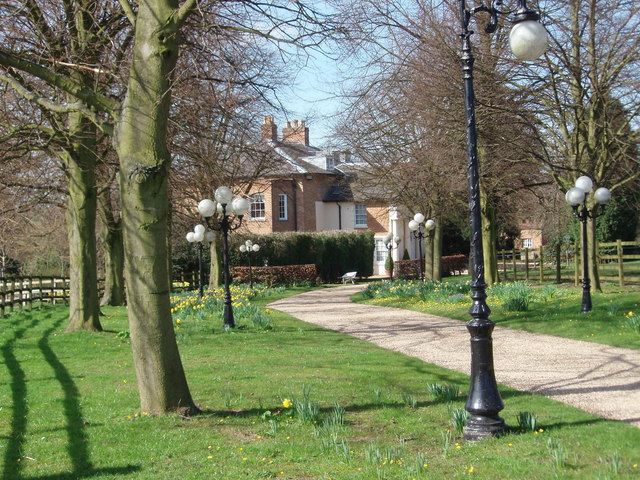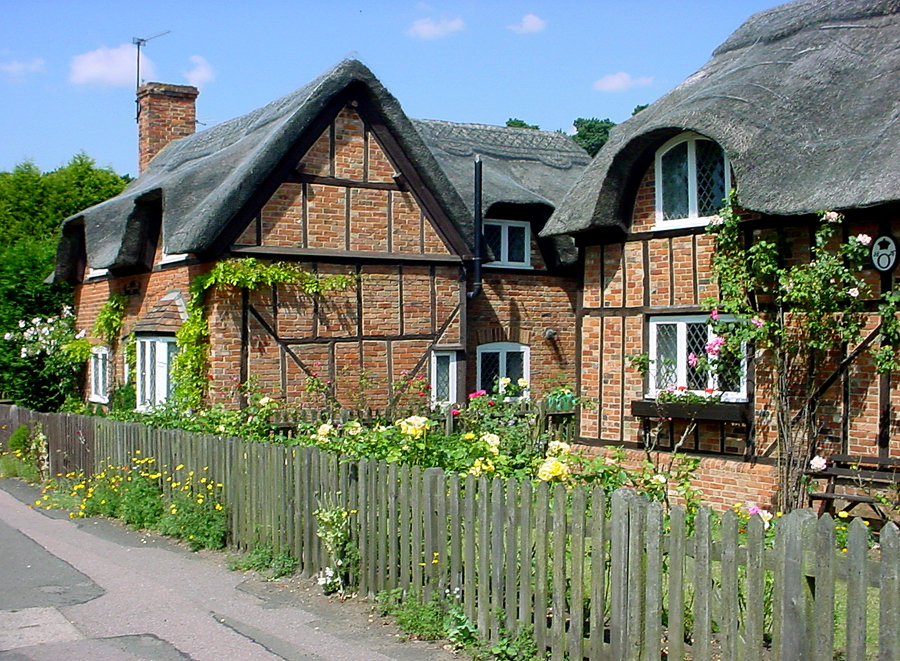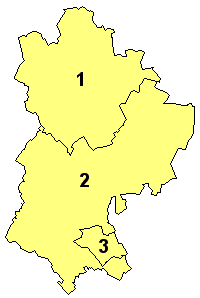|
Hulcote And Salford
Hulcote and Salford is a civil parishes in England, civil parish in the district of Central Bedfordshire in the county of Bedfordshire. The parish was formed in 1933 by the union of the civil parishes of Hulcote, Bedfordshire, Hulcote and Salford, Bedfordshire, Salford. Until 1974 the parish was part of the Ampthill rural district. References External links Civil parishes in Bedfordshire Central Bedfordshire District {{Bedfordshire-geo-stub ... [...More Info...] [...Related Items...] OR: [Wikipedia] [Google] [Baidu] |
Central Bedfordshire
Central Bedfordshire is a unitary authority area in the ceremonial county of Bedfordshire, England. It was created in 2009. Formation Central Bedfordshire was created on 1 April 2009 as part of a structural reform of local government in Bedfordshire. The Bedfordshire County Council and all the district councils in the county were abolished, with new unitary authorities created providing the services which had been previously delivered by both the district and county councils. Central Bedfordshire was created covering the area of the former Mid Bedfordshire and South Bedfordshire Districts.http://www.legislation.gov.uk/uksi/2008/907/note/made - The Bedfordshire (Structural Changes) Order 2008 The local authority is called Central Bedfordshire Council. Towns and villages Central Bedfordshire comprises a mix of market towns and rural villages. The largest town is Dunstable followed by Leighton Buzzard and Houghton Regis. Dunstable and Houghton Regis form part of the Luton/Dun ... [...More Info...] [...Related Items...] OR: [Wikipedia] [Google] [Baidu] |
Bedfordshire
Bedfordshire (; abbreviated Beds) is a ceremonial county in the East of England. The county has been administered by three unitary authorities, Borough of Bedford, Central Bedfordshire and Borough of Luton, since Bedfordshire County Council was abolished in 2009. Bedfordshire is bordered by Cambridgeshire to the east and north-east, Northamptonshire to the north, Buckinghamshire to the west and Hertfordshire to the south-east and south. It is the fourteenth most densely populated county of England, with over half the population of the county living in the two largest built-up areas: Luton (258,018) and Bedford (106,940). The highest elevation point is on Dunstable Downs in the Chilterns. History The first recorded use of the name in 1011 was "Bedanfordscir," meaning the shire or county of Bedford, which itself means "Beda's ford" (river crossing). Bedfordshire was historically divided into nine hundreds: Barford, Biggleswade, Clifton, Flitt, Manshead, Redbornestoke, S ... [...More Info...] [...Related Items...] OR: [Wikipedia] [Google] [Baidu] |
East Of England
The East of England is one of the nine official regions of England. This region was created in 1994 and was adopted for statistics purposes from 1999. It includes the ceremonial counties of Bedfordshire, Cambridgeshire, Essex, Hertfordshire, Norfolk and Suffolk. Essex has the highest population in the region. The population of the East of England region in 2018 was 6.24 million. Bedford, Luton, Basildon, Peterborough, Southend-on-Sea, Norwich, Ipswich, Colchester, Chelmsford and Cambridge are the region's most populous settlements. The southern part of the region lies in the London commuter belt. Geography The East of England region has the lowest elevation range in the UK. Twenty percent of the region is below mean sea level, most of this in North Cambridgeshire, Norfolk and on the Essex Coast. Most of the remaining area is of low elevation, with extensive glacial deposits. The Fens, a large area of reclaimed marshland, are mostly in North Cambridgeshire. The Fens includ ... [...More Info...] [...Related Items...] OR: [Wikipedia] [Google] [Baidu] |
List Of United Kingdom Parliament Constituencies
The Parliament of the United Kingdom currently has 650 parliamentary constituencies across the constituent countries (England, Scotland, Wales and Northern Ireland), each electing a single member of parliament (MP) to the House of Commons by the plurality (first past the post) voting system, ordinarily every five years. Voting last took place in all 650 of those constituencies at the United Kingdom general election on 12 December 2019. The number of seats rose from 646 to 650 at the 2010 general election after proposals made by the boundary commissions for England, Wales and Northern Ireland (the Fifth Periodic Review of Westminster constituencies) were adopted through statutory instruments. Constituencies in Scotland remained unchanged, as the Boundary Commission for Scotland had completed a review just before the 2005 general election, which had resulted in a reduction of 13 seats. Primary legislation provides for the independence of the boundary commissions for each ... [...More Info...] [...Related Items...] OR: [Wikipedia] [Google] [Baidu] |
Mid Bedfordshire (UK Parliament Constituency)
Mid Bedfordshire is a constituency represented in the House of Commons of the UK Parliament since 2005 by Nadine Dorries, of the Conservative Party. Apart from four early years, the constituency has returned a Conservative since its creation in 1918. Constituency profile This seat comprises small towns and rural areas, with the M1 motorway and Midland Main Line providing north–south commuter links. There are several logistics sites including Amazon at Marston Gate. Residents are wealthier than the UK average and health is around the UK average. History Mid Bedfordshire was created under the Representation of the People Act 1918. It has elected Conservative MPs since 1931. It was held from 1983 to 1997 by the Attorney General (for the English, Welsh and Northern Irish aspects of the legal system and as advisor to HM Government) Sir Nicholas Lyell, who then transferred to the newly created seat of North East Bedfordshire; his old seat was won by Jonathan Sayeed, a forme ... [...More Info...] [...Related Items...] OR: [Wikipedia] [Google] [Baidu] |
Hulcote, Bedfordshire
Hulcote is a village and (as Holcot) a former civil parish, now in the parish of Hulcote and Salford, in the Central Bedfordshire district of the ceremonial county of Bedfordshire, England. In 1931 the parish had a population of 39. Historically part of the Manshead hundred, some evidence has been found indicating possible Neolithic, New Stone Age and Roman settlement in the area. Hulcote Mill and Hulcote Manor (now private houses) are both mentioned in the Domesday Book. However, it is known that Hulcote has been consistently occupied since the Dark Ages. Hulcote has a church called St Nicholas. The ecclesiastical parishes of Hulcote and Salford were united in 1750. On 1 April 1933 the civil parish of "Holcot" was abolished and merged with Salford to form "Hulcote and Salford". Today, Hulcote is located directly to the north of the M1 motorway, close to the border of the Milton Keynes borough in Buckinghamshire Buckinghamshire (), abbreviated Bucks, is a cer ... [...More Info...] [...Related Items...] OR: [Wikipedia] [Google] [Baidu] |
Salford, Bedfordshire
Salford () is a village and former civil parish, now in the parish of Hulcote and Salford, in the Central Bedfordshire district, in the ceremonial county of Bedfordshire, England. It is located near the large new town of Milton Keynes and the M1 motorway. In 1931 the parish had a population of 133. On 1 April 1933, the parish was merged with Hulcote to form "Hulcote and Salford". The Church of St Mary the Virgin, Salford, Bedfordshire, Church of St Mary the Virgin is in the village. References External links Villages in Bedfordshire Former civil parishes in Bedfordshire Central Bedfordshire District {{Bedfordshire-geo-stub ... [...More Info...] [...Related Items...] OR: [Wikipedia] [Google] [Baidu] |
Civil Parishes In England
In England, a civil parish is a type of Parish (administrative division), administrative parish used for Local government in England, local government. It is a territorial designation which is the lowest tier of local government below districts of England, districts and metropolitan and non-metropolitan counties of England, counties, or their combined form, the Unitary authorities of England, unitary authority. Civil parishes can trace their origin to the ancient system of Parish (Church of England), ecclesiastical parishes, which historically played a role in both secular and religious administration. Civil and religious parishes were formally differentiated in the 19th century and are now entirely separate. Civil parishes in their modern form came into being through the Local Government Act 1894, which established elected Parish councils in England, parish councils to take on the secular functions of the vestry, parish vestry. A civil parish can range in size from a sparsely ... [...More Info...] [...Related Items...] OR: [Wikipedia] [Google] [Baidu] |
Ampthill
Ampthill () is a town and civil parish in Bedfordshire, England, between Bedford and Luton, with a population estimate of 8,100 (Mid year estimate 2017 from the ONS). It is administered bAmpthill Town Council The ward of Ampthill which also includes Maulden and Clophill has an estimated population of 13,280 and is administered by Central Bedfordshire Council. History The name 'Ampthill' is of Anglo-Saxon origin. The first settlement was called 'Aemethyll', which literally means either 'ant-heap' or 'ant infested hill'. In the Domesday Book, Ampthill is referred to as 'Ammetelle', with the landholder in 1086 being Nigel de la Vast. The actual entry reads: ''Ammetelle: Nigel de la Vast from Nigel d'Aubigny.'' A further variation may be 'Hampthull', in 1381. In 1219 King Henry III granted a charter for a weekly market to be held on a Thursday. In 2019 the market celebrated 800 years. Henry VIII was a frequent visitor to Ampthill Castle, and it was there that Catherine of Ara ... [...More Info...] [...Related Items...] OR: [Wikipedia] [Google] [Baidu] |
Rural District
Rural districts were a type of local government area – now superseded – established at the end of the 19th century in England, Wales, and Ireland for the administration of predominantly rural areas at a level lower than that of the Administrative county, administrative counties.__TOC__ England and Wales In England and Wales they were created in 1894 (by the Local Government Act 1894) along with Urban district (Great Britain and Ireland), urban districts. They replaced the earlier system of sanitary districts (themselves based on poor law unions, but not replacing them). Rural districts had elected rural district councils (RDCs), which inherited the functions of the earlier sanitary districts, but also had wider authority over matters such as local planning, council house, council housing, and playgrounds and cemeteries. Matters such as education and major roads were the responsibility of county councils. Until 1930 the rural district councillors were also poor law gu ... [...More Info...] [...Related Items...] OR: [Wikipedia] [Google] [Baidu] |
Hulcote - Geograph
Hulcote may refer to: ;Places *Hulcote, Bedfordshire, a village in Bedfordshire, England *Hulcote, Northamptonshire, England *Hulcote and Salford Hulcote and Salford is a civil parishes in England, civil parish in the district of Central Bedfordshire in the county of Bedfordshire. The parish was formed in 1933 by the union of the civil parishes of Hulcote, Bedfordshire, Hulcote and Salfor ..., a civil parish in Bedfordshire, England ;People * William Hulcote, 16th-century member of the English parliament {{disambiguation, geo ... [...More Info...] [...Related Items...] OR: [Wikipedia] [Google] [Baidu] |
Civil Parishes In Bedfordshire
A civil parish is a country subdivision, forming the lowest unit of local government in England. There are 125 civil parishes in the ceremonial county of Bedfordshire, most of the county being parished: Luton is completely unparished; Central Bedfordshire is entirely parished. At the 2001 census, there were 312,301 people living in the 125 parishes, which accounted for 55.2 per cent of the county's population. History Parishes arose from Church of England divisions, and were originally purely ecclesiastical divisions. Over time they acquired civil administration powers.Angus Winchester, 2000, ''Discovering Parish Boundaries''. Shire Publications. Princes Risborough, 96 pages The Highways Act 1555 made parishes responsible for the upkeep of roads. Every adult inhabitant of the parish was obliged to work four days a year on the roads, providing their own tools, carts and horses; the work was overseen by an unpaid local appointee, the ''Surveyor of Highways''. The poor were l ... [...More Info...] [...Related Items...] OR: [Wikipedia] [Google] [Baidu] |



